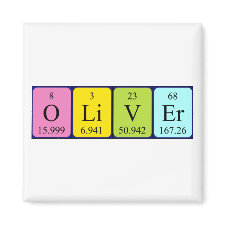
Authors: Hayden O, Lieberzeit PA, Blaas D, Dickert FL
Article Title: Artificial antibodies for bioanalyte detection-sensing viruses and proteins.
Publication date: 2006
Journal: Advanced Functional Materials
Volume: 16
Issue: (10)
Page numbers: 1269-1278.
DOI: 10.1002/adfm.200500626
Abstract: Molecular imprinting has become an increasingly popular method for the design of artificial antibodies against a variety of analytes, and especially as a method for detecting viruses and proteins. Self-assembly of a virus on a stamp enables us to generate patterns on a polymer. Combined with mass-sensitive transducers, the reinclusion of viruses, such as the tobacco mosaic virus (TMV), the human rhinovirus (HRV), and the parapox ovis virus (PPOV), into the patterned polymer layer can be followed directly. Recognition is favored by a geometrical fit between the analyte and the patterned layer, as well as by noncovalent interactions; the former can be observed by the highly selective enrichment of rod-shaped TMV and globular HRV on their respective imprints, showing only negligible cross-sensitivity. The latter is demonstrated by the selective incorporation of different HRV serotypes (HRV-1a and HRV-16) that have the same geometric dimensions but nonetheless are clearly distinguished from each other. Similar behavior is observed with protein molecules that are about one order of magnitude smaller than viruses, having molecular dimensions of a few nanometers. When using proteins for imprinting, the resulting materials usually preferably incorporate into their own template
Template and target information: viruses, tobacco mosaic virus, TMV, human rhinovirus, HRV, parapox ovis virus, PPOV
Author keywords: Biosensors, Molding, molecular recognition, proteins, templates



Join the Society for Molecular Imprinting

New items RSS feed
Sign-up for e-mail updates:
Choose between receiving an occasional newsletter or more frequent e-mail alerts.
Click here to go to the sign-up page.
Is your name elemental or peptidic? Enter your name and find out by clicking either of the buttons below!
Other products you may like:
 MIPdatabase
MIPdatabase









